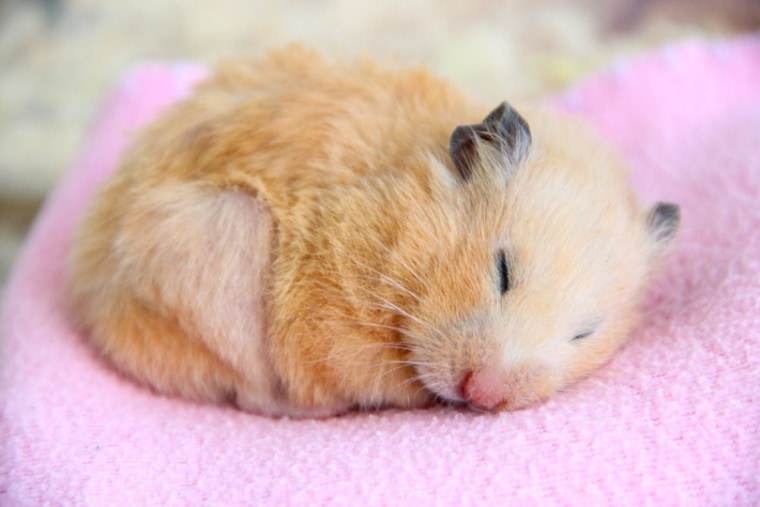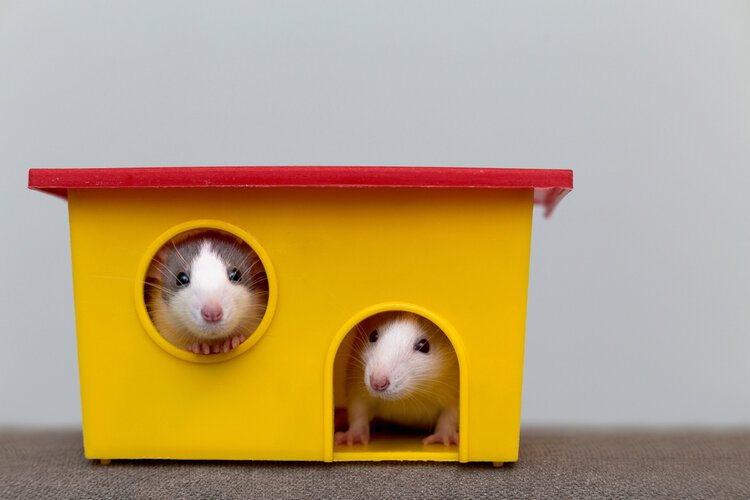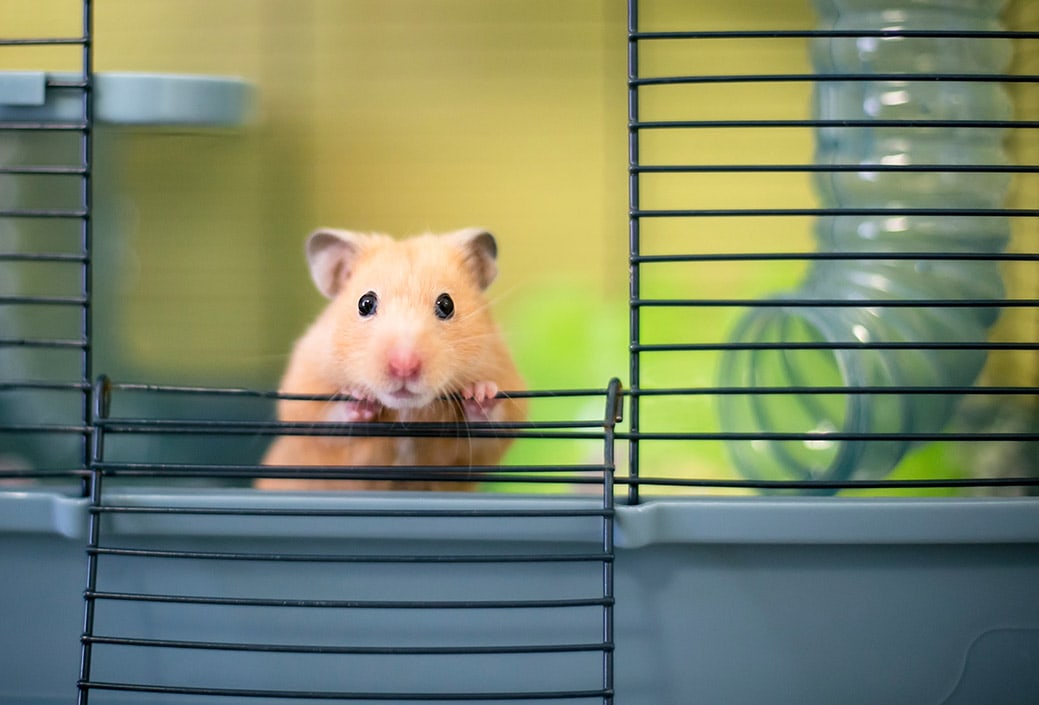
Click to Skip Ahead
Hamsters have been popular pocket pets for decades, which isn’t that surprising when you think about it. They are easy to look after and are cute to boot!
But they are also small, and figuring out the best ways to pet a hamster can be tricky. It’s important to learn your hamster’s body language so you can judge when they are happy and unhappy. You also need to ensure that you are handling them properly.
So, here are the best places and ways to pet a hamster, along with instructions on how to judge if your pet is enjoying it or even in the mood for it.
Before You Begin
Before petting and stroking your hamster, keep in mind that they are tiny, fragile animals and need to be handled gently. All your movements must be slow and smooth.

Getting Your Hamster Used to Being Held and Petted
If you have a new hamster, once they are placed in their cage, you should leave them alone for the first few days, except for feeding them and changing their water. They need time and space to adjust to their new environment. You can sit near your hamster without touching them, which will allow them to start to feel safe around you. You’re building trust.
After several days, sit in front of the cage, and if your hamster comes closer and rubs against the bars, try slowly putting your (washed) hand into the cage.
If they are curious, you can gently pick them up if they seem comfortable with it. But it’s best to allow them to crawl into your open hand when they’re ready.
However, if yours is a shy hamster, start by putting a small amount of food in your hand and handfeeding them. It might take a while before they are comfortable enough to be picked up, but you never want to rush the process.
Once you’ve picked them up, just hold and lightly pet them for up to 20 seconds or so, and then put them down. You can gradually increase the time.
The 4 Recommended Places to Pet a Hamster
1. Along the Back
This is the most common area that hamster owners use for pets. Given how small hammies are, the back is one of the larger areas for stroking and the easiest to get to.
Be careful about your approach before stroking or picking up your hamster. Approach them from a low-down position rather than looming over them and zooming in.
When petting the back, just use gentle and long strokes using one or two fingers. Some people will also use a knuckle. Either way, your hamster should enjoy it, as long as you aren’t pressing down too hard.

2. The Head
Giving your hamster soft strokes on the top of the head between their ears is a good place to pet them. You can give them little scritches or just use gentle stroking.
However, avoid touching the face and especially the whiskers—a hamster’s whiskers are sensitive. They use them to navigate small tight areas, and touching their whiskers can be uncomfortable for them.
3. Around the Ears
While you’re on the head, you can also carefully give them tiny scratches around the ears. This is a sensitive area, so many hamsters will enjoy this very much.
4. On the Belly
You should only give your hamster a belly rub when you’ve built up some trust. Almost all animals are protective of their abdomen because it’s their most vulnerable area. It contains their vital organs, so most animals will only expose their bellies when they know that they won’t get hurt.
As long as you continue to handle your hammie gently, they’ll start to trust you, and you might get to give their belly a few soft rubs. However, be aware that you should never flip a hamster onto their back; this will only frighten them, and they might bite you as a defense mechanism.
The Best Way to Pet a Hamster
There is a right way to pet your hamster, and we’ll take you through each step:

Reading Their Body Language
It’s important to learn the body language of a hamster, particularly when they are happy or unhappy. The moment that you can tell that your hammie is not happy, it’s time to give them time to themselves.
Signs of a Happy Hamster
Signs of an Unhappy Hamster

Conclusion
If you want to enjoy a cuddling/petting session with your hammie, only do it while sitting down. The last thing that you want is for your hamster to accidentally fall from a height and get injured.
Remember to only handle them when they seem comfortable with it. Never force interactions on your pet. Just like any of us, every hamster is unique, and while some will be outgoing, others will be shy, and you might never be able to pet them.
But as long as you go at a gradual pace—slow enough for your hamster—you might get a nice and gentle petting session in.
Featured Image Credit: Victor FlowerFly, Shutterstock









